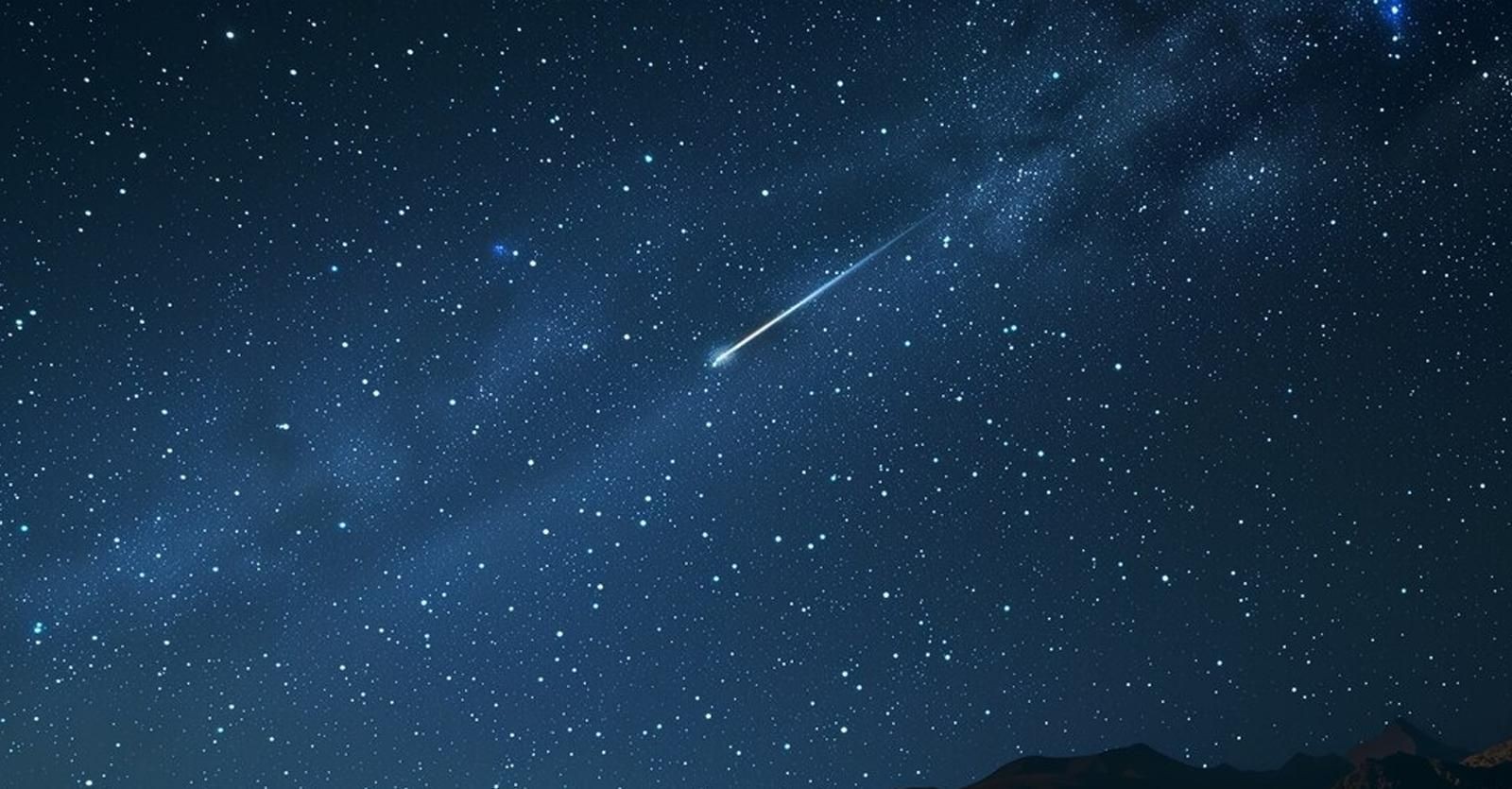
By Brian Campued
Now that the nights are getting longer, let’s take the chill off by witnessing two meteor showers that may brighten up our skies this October.
Citing the International Meteor Organization in its astronomical diary for the month, the Philippine Atmospheric, Geophysical and Astronomical Services Administration (PAGASA) said that the Southern Taurid meteor shower is expected to peak on Thursday, Oct. 10, producing its best view around 1:00 a.m.
According to PAGASA, the meteor shower has been active since Sept. 10 and will last until Nov. 20.
“In Manila, the shower will be visible from 6:37 p.m. until dawn breaks around 5:22 a.m., when the constellation Cetus, its radiant point, rises above the eastern horizon,” it said.
However, the moon—during its first quarter phase—will affect the meteor shower viewing as it sets around 11:16 p.m.
Meanwhile, the comet 1P/Halley-produced Orionid meteor shower—active from Oct. 2 to Nov. 7—will yield up to 15 meteors per hour during its peak activity at around 4:00 a.m. on Oct. 22.
“Please take note that the stated meteor rate assumes clear, dark, moonless skies and the radiant being at its highest point,” PAGASA said, stressing that the presence of the waning gibbous moon in the constellation Taurus will significantly interfere with meteor shower observation throughout the night.
Due to this, the agency advised to “find a dark location with little light pollution” under moonless skies to observe the shower’s radiant, the constellation Orion, as it rises above the horizon around 9:57 p.m. and will remain active until before sunrise the next day or around 5:24 a.m.
Meteor showers can be viewed without using special equipment like telescopes and binoculars. —av
